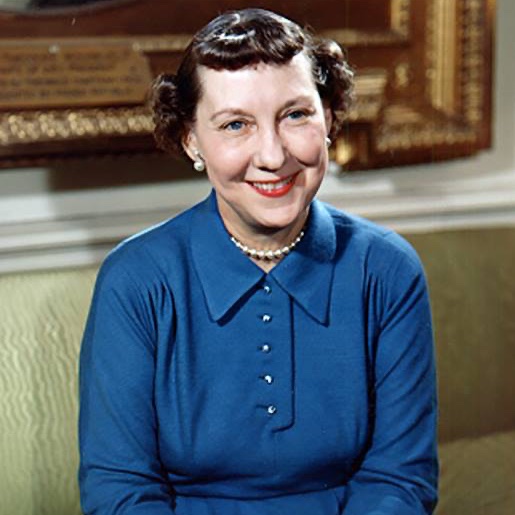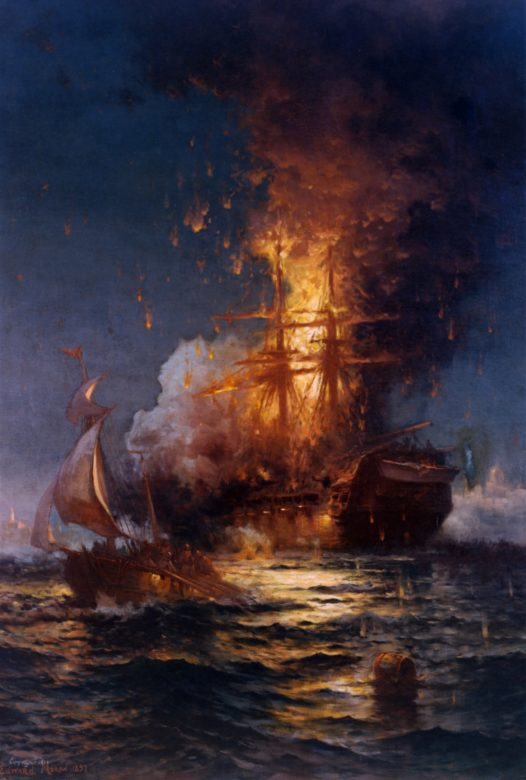In today’s article, explore the extraordinary life of William Costin—a free African-American activist and scholar who successfully challenged Black Codes in the Circuit Court of the District of Columbia #SPNInitiative: whitehousehistory.org/william-costin… 

Learn about the complicated past and the paradoxical relationship between slavery and freedom in the nation's capital with our research initiative, Slavery in the President's Neighborhood #SPNInitiative: whitehousehistory.org/spn/introducti…
Join us live on Facebook this Tuesday, 5/5, at 5:00pm et for White House History Live! Historian Lina Mann will discuss 5 previously untold stories about the role of enslaved people in White House history #SPNInitiative: facebook.com/events/4628214… 

• • •
Missing some Tweet in this thread? You can try to
force a refresh





















